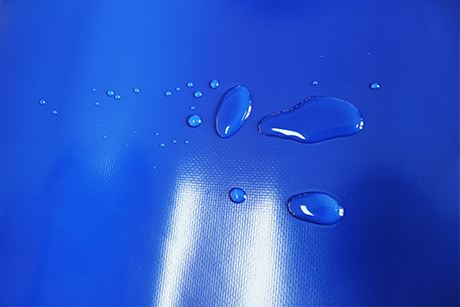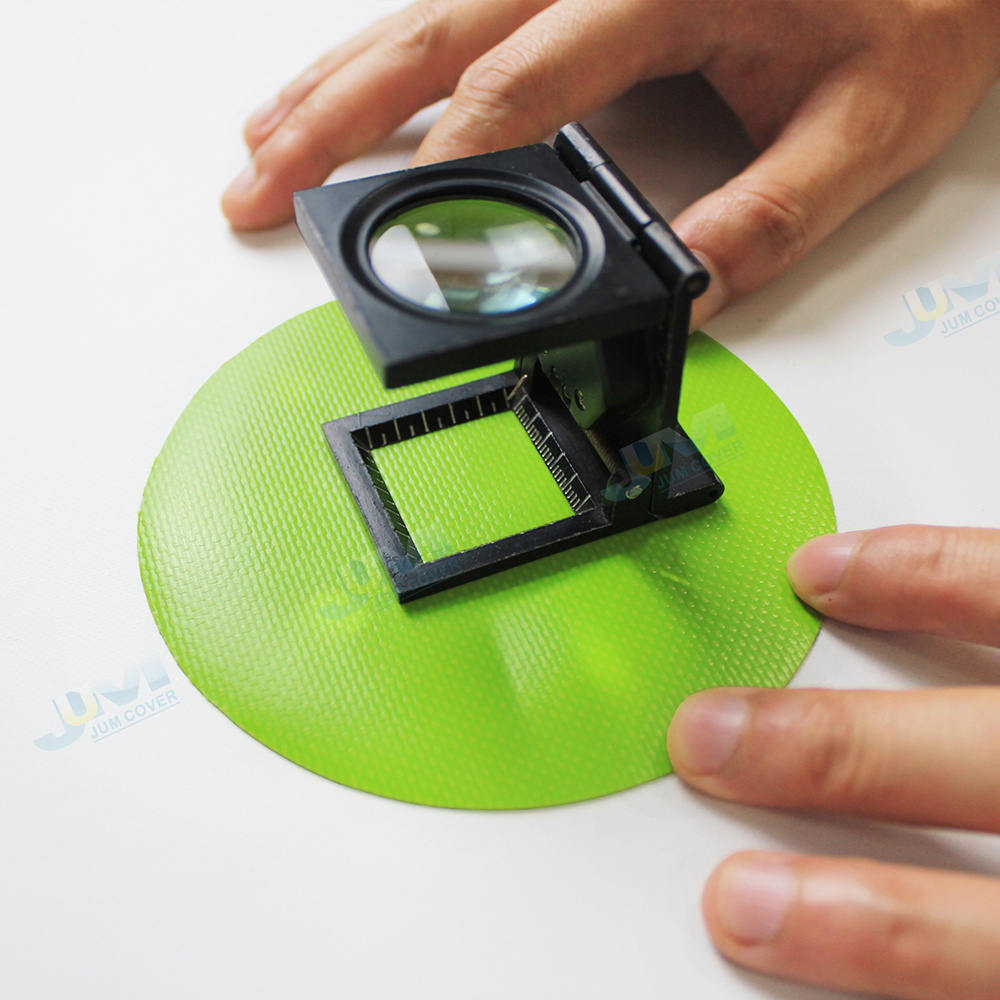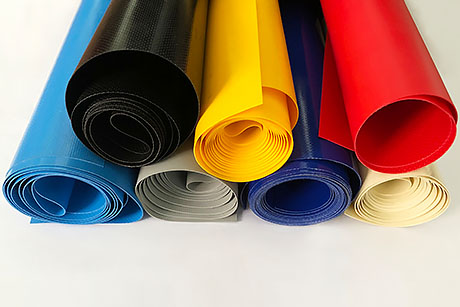Tarps News Categories
Tarpaulins are versatile and durable materials used for various purposes, such as covering materials or equipment, protecting buildings from harsh weather, and as a temporary shelter for outdoor events. The strength of tarpaulin is measured by its resistance to tears, punctures, and extreme weather conditions. There are several types of tarpaulin materials available in the market, each with varying degrees of strength and durability. In this article, we will discuss the strongest tarpaulin materials and their applications.
PVC (Polyvinyl chloride) tarpaulin is one of the strongest tarpaulins available in the market. It is made from a synthetic material that is highly resistant to punctures, tears, and UV rays. PVC tarpaulins are commonly used in industries where heavy machinery and equipment require protection from harsh weather and environmental conditions. They are also used in construction sites and as temporary shelters for outdoor events. PVC tarpaulins have a high tensile strength and can withstand heavy loads, making them ideal for covering large areas.
Polyethylene Tarpaulin
Polyethylene tarpaulins are made from high-density polyethylene (HDPE) material and are known for their strength and durability. They are highly resistant to tearing, punctures, and UV rays, making them suitable for use in outdoor applications. Polyethylene tarpaulins are commonly used in the transportation industry for covering goods during transit. They are also used in the construction industry to cover building materials and equipment.
Canvas Tarpaulin
Canvas tarpaulins are made from cotton or polyester material and are known for their strength and durability. They are highly resistant to tearing, punctures, and UV rays, making them ideal for use in outdoor applications. Canvas tarpaulins are commonly used in the agricultural industry for covering crops and protecting them from harsh weather conditions. They are also used as temporary shelters for outdoor events and camping.

In conclusion, the strongest tarpaulin materials available in the market are PVC, polyethylene, canvas. Each type of tarpaulin has its unique features and applications, and the choice of tarpaulin material depends on the intended use and environmental conditions. When choosing a tarpaulin, it is essential to consider factors such as strength, durability, UV resistance, and puncture resistance. By selecting the right tarpaulin, you can ensure that your equipment, goods, and materials are protected from harsh weather conditions and environmental factors, providing peace of mind and long-lasting protection.
While polyethylene tarpaulin has many advantages, it also has a few disadvantages that should be considered before making a purchase. Here are some of the potential drawbacks of using polyethylene tarpaulin:
Susceptible to high temperatures: Polyethylene tarpaulin can melt or warp when exposed to high temperatures, which makes it unsuitable for use in high-heat environments.
Not suitable for long-term use: Polyethylene tarpaulins are not as durable as other types of tarpaulins, such as canvas or PVC. They are not recommended for long-term use as they can break down and deteriorate over time.
Not completely waterproof: While polyethylene tarpaulin is water-resistant, it is not completely waterproof. It may leak or allow water to seep through during heavy rain, which can be a problem if the items being covered are sensitive to water damage.
Limited color options: Polyethylene tarpaulins are typically available in a limited range of colors, which may not be suitable for all applications. For example, if you need a tarpaulin that is highly visible, you may need to consider other materials.
Environmental impact: Polyethylene tarpaulin is a type of plastic, and as such, it can have a negative impact on the environment. It is not biodegradable and can contribute to pollution if not disposed of properly.
It is important to note that the disadvantages of polyethylene tarpaulin are relative and should be weighed against its advantages and the intended use of the tarpaulin. For some applications, such as short-term use or as a protective cover, polyethylene tarpaulin may be the best choice despite its limitations.

Canvas tarpaulins are popular for their strength and durability, but they also have a few disadvantages that should be considered before making a purchase. Here are some of the potential drawbacks of using canvas tarpaulin:
Heavy weight: Canvas tarpaulins are much heavier than other materials, such as polyethylene or mesh. This can make them difficult to handle and maneuver, especially when covering large areas or equipment.
Not completely waterproof: While canvas tarpaulins are water-resistant, they are not completely waterproof. They may allow water to seep through during heavy rain or prolonged exposure to moisture, which can be a problem if the items being covered are sensitive to water damage.
Prone to mold and mildew: Because canvas tarpaulins are made from natural fibers, they are more susceptible to mold and mildew growth than synthetic materials. This can be a problem if the tarpaulin is used in humid or damp environments.
Require maintenance: Canvas tarpaulins require regular maintenance, such as cleaning and reproofing, to maintain their strength and durability. This can be time-consuming and may add to the overall cost of using canvas tarpaulins.
Limited color options: Canvas tarpaulins are typically available in a limited range of colors, which may not be suitable for all applications. For example, if you need a tarpaulin that is highly visible, you may need to consider other materials.

It is important to note that the disadvantages of canvas tarpaulin are relative and should be weighed against its advantages and the intended use of the tarpaulin. For some applications, such as long-term use or in environments where synthetic materials are not suitable, canvas tarpaulin may be the best choice despite its limitations.
you may also like
- PVC knife coating fabric - Cover Tarpaulin Blue and Green
- European Side Curtain-White
- Clear Tarp Transparent PVC Tarpaulin
- 20 Mil Clear Heavy Duty Waterproof TARP Cover with Eyelets
- PVC Flatbed Lumber Tarps Truck Cover with Grommets
- 16' X 16' Heavy Duty Flatbed Trailer Steel Tarp - 18 Oz. Black Tarp
- 10 oz Pvc Coated Fabric
- Outdoor Vinyl Curtain with Clear Tarp Panel 18 Oz - Weather Resistant Patio Outdoor Vinyl Curtain
- 5x7 ft Clear PVC Vinyl Tarp
- PVC knife coating fabric inflatable material-White
others also viewed
- What needs to be understood when using tarpaulin
- Everything you know about pvc tarpaulin
- Why PVC material tarpaulin is so popular
- What is PVC Tarpaulin
- Folding method of pvc vinyl tarps
- Two points to be done when using truck tarp
- Five characteristics of pvc coated fabric
- Advantages and uses of pvc coated fabric
- What Is The Longest Lasting Tarp Material?
- Waterproof canvas detailed introduction